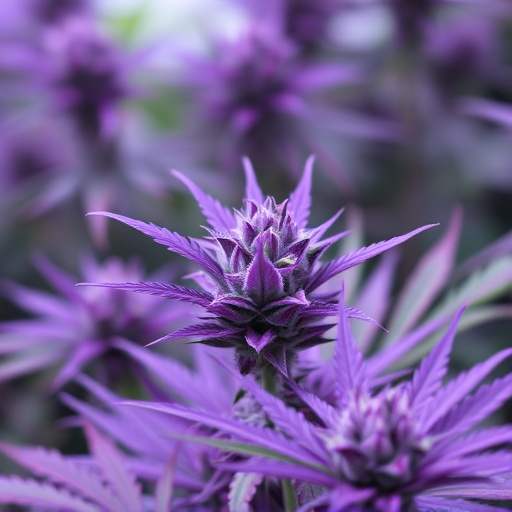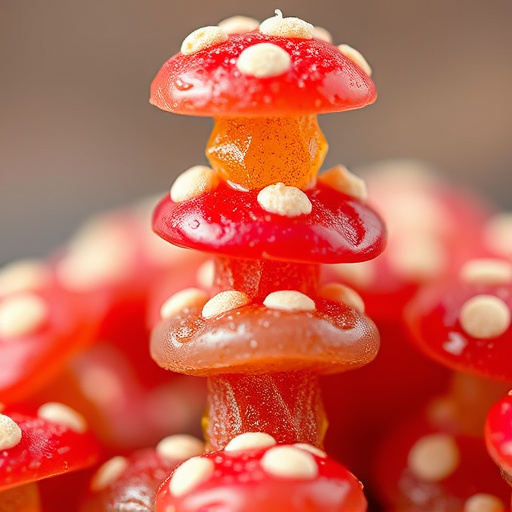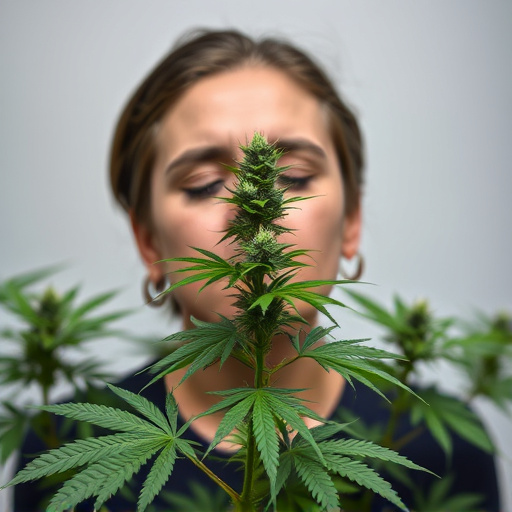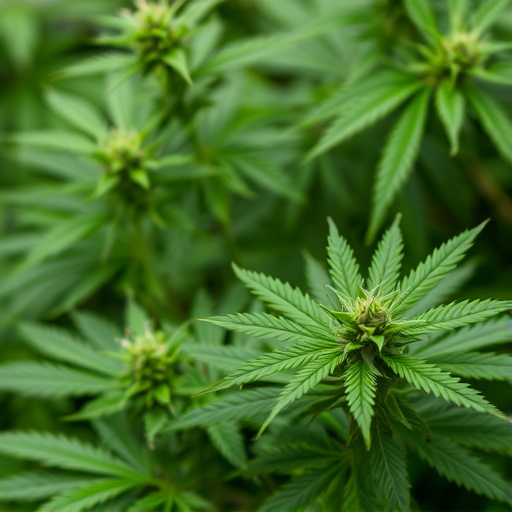Cannabis offers hope as a treatment for migraines through its complex combination of cannabinoids (like THC and CBD) and terpenes. Terpenes, aromatic compounds, influence cannabinoid activity, with specific profiles targeting different migraine types. Individual responses vary due to metabolic differences, affecting enzyme breakdown of cannabinoids and leading to diverse effects. High-CBD strains have shown effectiveness in reducing migraine frequency and intensity, with terpene interactions enhancing anti-migraine properties. Understanding these factors is crucial for personalized cannabis use, selecting strains that offer optimal relief while minimizing side effects.
Unraveling the multifaceted world of cannabis effects requires an understanding of its complex compounds and their intricate interactions. This article explores key factors that shape the unique experiences of cannabis users, delving into individual metabolic variations leading to tolerance differences. We also highlight specific cannabis strains renowned for their potential migraine relief properties, shedding light on the science behind these therapeutic claims. By examining these aspects, we aim to demystify cannabis’s effects and empower informed choices.
- Understanding Cannabis Compounds and Their Interactions
- Individual Differences in Metabolism and Tolerance
- Strain-Specific Characteristics for Migraine Relief
Understanding Cannabis Compounds and Their Interactions
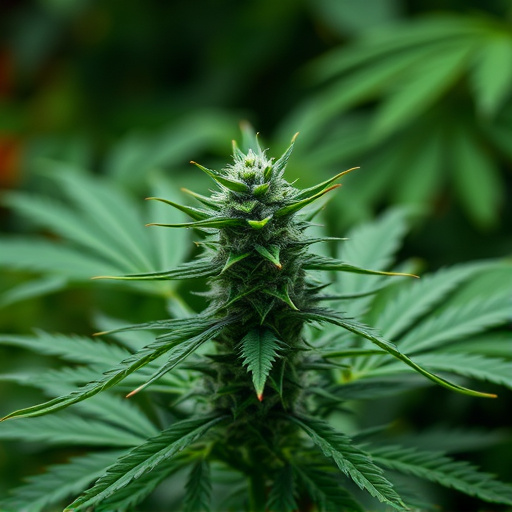
Cannabis works its magic through a complex interplay of compounds, primarily cannabinoids and terpenes. Cannabinoids like THC (tetrahydrocannabinol) and CBD (cannabidiol) are responsible for the plant’s psychological and physiological effects. While THC is known for its psychoactive properties, CBD offers a range of therapeutic benefits without the mind-altering effects. The specific ratios and combinations of these cannabinoids in different cannabis strains can significantly influence how users perceive and experience the plant, including potential relief from conditions like migraines.
Terpenes, on the other hand, are aromatic compounds that not only give cannabis its unique scents but also interact with cannabinoids to modulate their effects. Different terpenes can enhance or diminish cannabinoid activity, creating a wide array of experiences tailored to individual needs. For instance, strains rich in myrcene, known for its sedative properties, might be beneficial for insomnia-related migraines, while those with limonene could offer a more uplifting experience, potentially helping with stress and tension headaches. Understanding these compound interactions is crucial when exploring cannabis as a treatment for various conditions, including migraines, allowing users to choose strains that align best with their desired outcomes.
Individual Differences in Metabolism and Tolerance

The effects of cannabis can vary greatly from person to person, and a significant factor contributing to these variations is individual metabolism and tolerance. Everyone metabolizes cannabis compounds differently due to genetic differences in enzymes responsible for breaking down tetrahydrocannabinol (THC) and other cannabinoids. This metabolic diversity means that what works for one person managing migraines might not have the same effect on another.
For instance, fast metabolizers may experience more intense and longer-lasting effects from cannabis strains for migraines, potentially leading to increased relaxation but also heightened anxiety or cognitive impairment. In contrast, slow metabolizers might feel less of an impact, requiring higher doses to achieve the desired migraine relief. Understanding one’s unique metabolism can help guide personalized cannabis use, ensuring optimal efficacy while minimizing potential adverse reactions.
Strain-Specific Characteristics for Migraine Relief
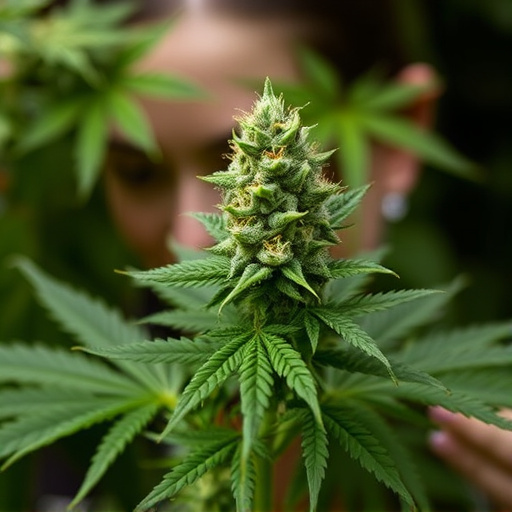
Cannabis has gained attention as a potential treatment option for various conditions, including migraine headaches. When it comes to alleviating migraines, specific characteristics of cannabis strains play a crucial role. Different strains offer unique profiles of cannabinoids such as THC and CBD, which can interact with the body’s endocannabinoid system to reduce inflammation and pain perception.
Certain cannabis strains have been particularly renowned for their effectiveness in managing migraines. For instance, some varieties known for their high CBD content have shown promise in reducing migraine frequency and intensity. These non-intoxicating strains may offer a safer and more targeted approach to treatment compared to traditional medications. Additionally, specific terpene profiles within these strains can further enhance their anti-migraine properties by modulating the effects of cannabinoids and providing additional analgesic benefits.
Cannabis’s impact on migraines is a multifaceted topic, influenced by an intricate interplay of compounds, individual biological factors, and specific strain characteristics. Understanding these elements empowers individuals to navigate the diverse landscape of cannabis strains for migraine relief effectively. By recognizing the unique combination of terpenes, cannabinoids, and individual metabolic variations, one can optimize their treatment approach, ensuring personalized and potentially life-changing results in managing migraine pain.
